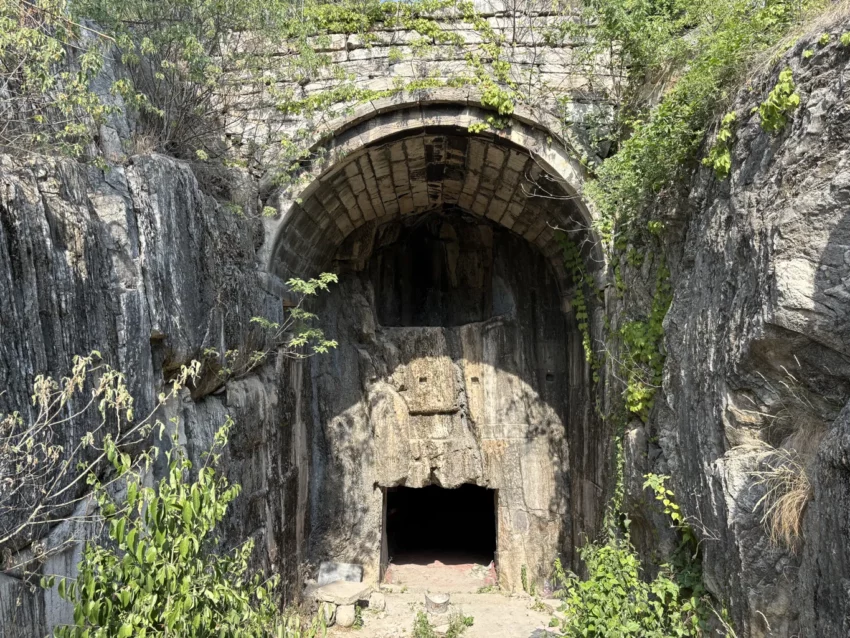The Huan Tui Stone Chamber Tomb: A Glimpse into Ancient Song Dynasty
Located at the western foot of Huanshan Mountain in Dongshan Village, Maocun Town, Tongshan District, Xuzhou City, lies the Tomb of Huan Tui. This tomb, belonging to Sima Huan Tui of the State of Song during the Spring and Autumn Period, reflects the grandeur and historical significance of ancient Chinese burial practices. The tomb is carved directly into the mountain, with a sloped passageway adorned with numerous stone carvings.
Get your dose of History via Email
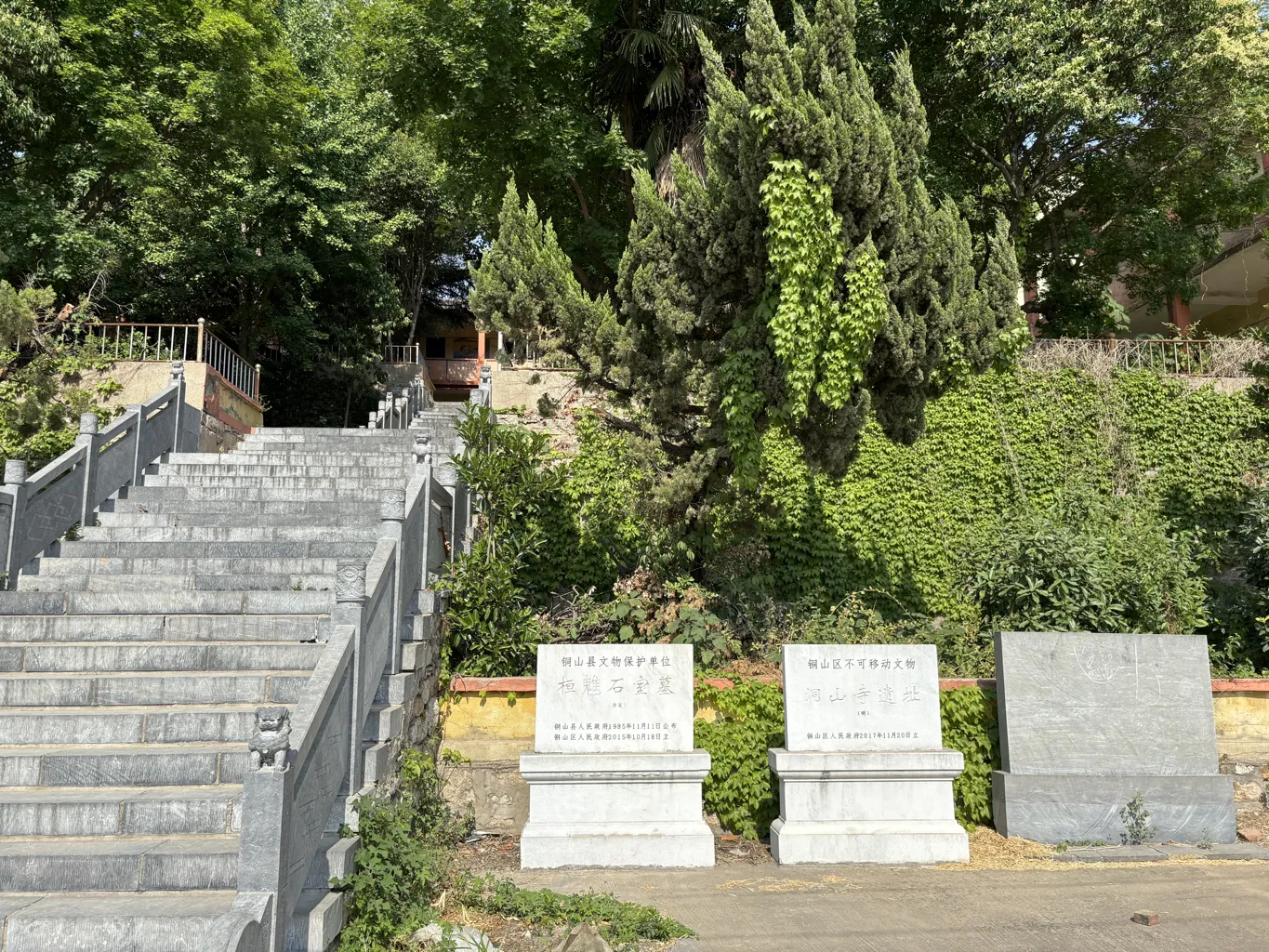
Historical Significance and Legend
Huan Tui, a powerful figure during his time, held significant influence in the State of Song. According to legend, Confucius visited Song in 492 BC, hoping to gain the support of the Song king, Jinggong, to bring about political change. However, Huan Tui, wary of Confucius’ influence, plotted to assassinate him. Confucius escaped, later reflecting that his divine virtue would protect him from Huan Tui’s schemes. This encounter immortalized Huan Tui in history, largely due to his association with Confucius.
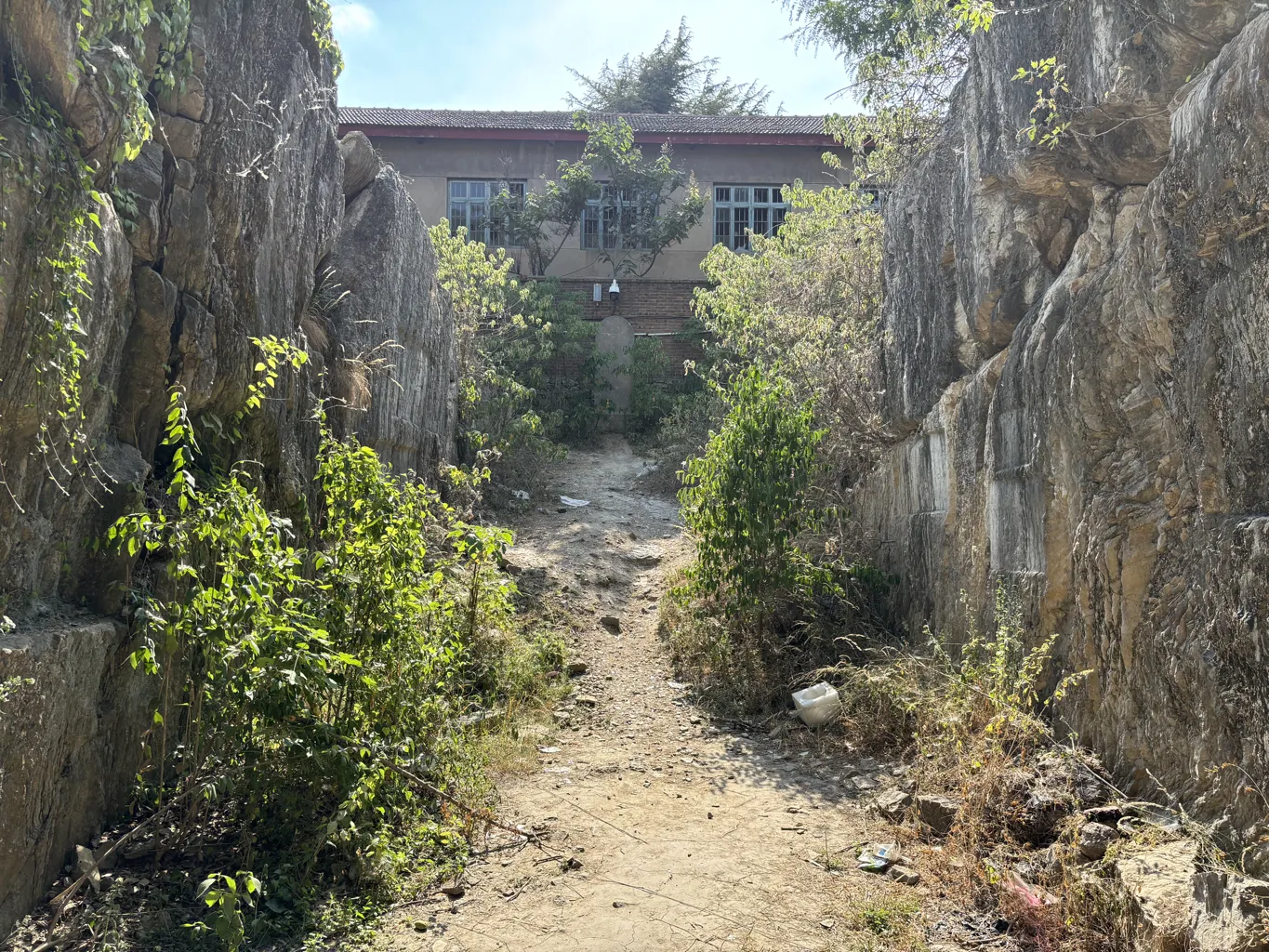
Architectural Details
The tomb features a carved passageway leading to a stone chamber, with an entrance flanked by stone carvings from the Yuan and Ming Dynasties. These inscriptions, although weathered, offer glimpses into the past. One notable inscription is the four large characters “Huan Tui Stone Chamber,” attributed to Yang Mao, a Ming Dynasty official. The tomb’s passage, measuring 37.5 meters long and 4.6-4.8 meters wide, leads to a series of rooms, including the tomb door, corridor, front room, four-side room, back room, and stone niche.
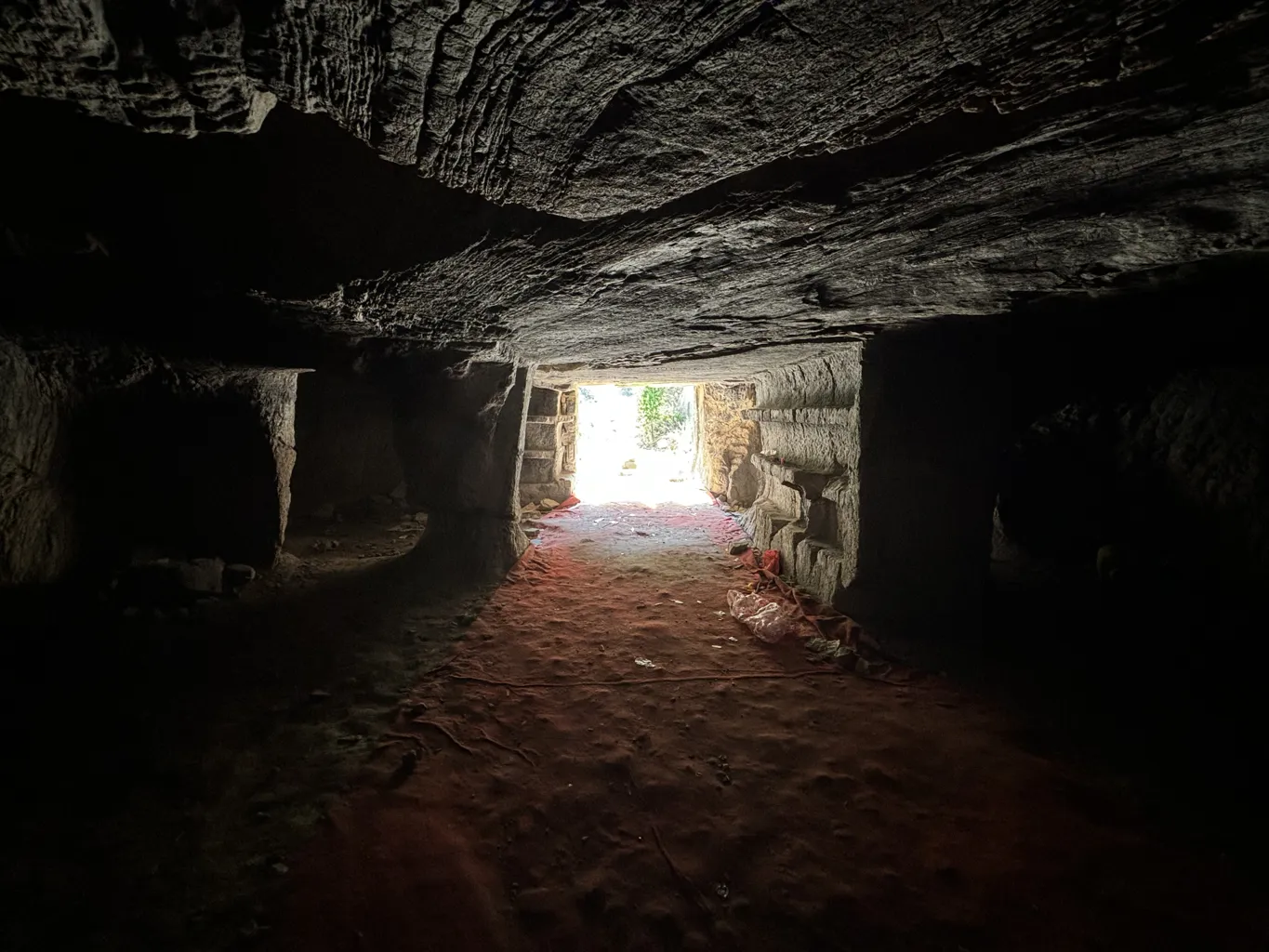
Cultural Relics and Inscriptions
Excavations in the 1980s and 1990s revealed various artifacts, including pottery figurines, iron knives, and other daily necessities. One significant find is the Eastern Han Dynasty storytelling figurine, made of clay red pottery, depicting a lively performer. The tomb also features inscriptions by historical figures, including a poem carved by Fu Lun, a Ming Dynasty eunuch, in 1508.

Myths and Misconceptions
The tomb has inspired various myths, including tales of a rock-supporting warrior transformed into a water deity by later generations. This folklore adds a layer of mystique to the site, intertwining legend with historical fact.
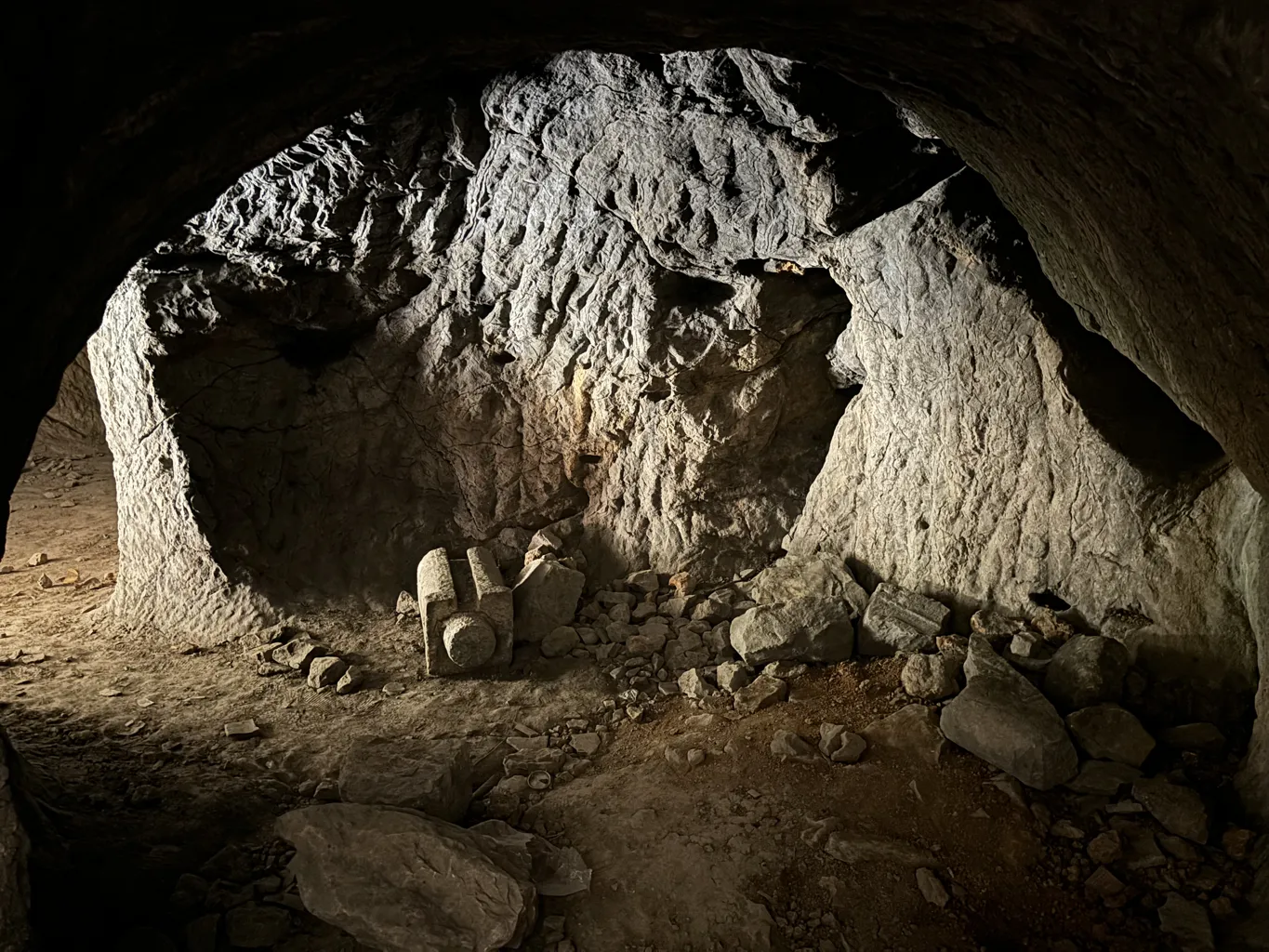
Preservation and Modern-Day Status
Despite its historical importance, the Huan Tui Stone Chamber Tomb faces challenges in preservation. A stone tablet at the entrance, dated December 5, 1985, designates it as a cultural relic protection unit by the Xuzhou Municipal People’s Government. However, the site remains vulnerable to natural elements, with water dripping onto inscriptions, as well as people throwing trash around the site and generally being a mess. There are even artifacts which have just been left there on the floor.
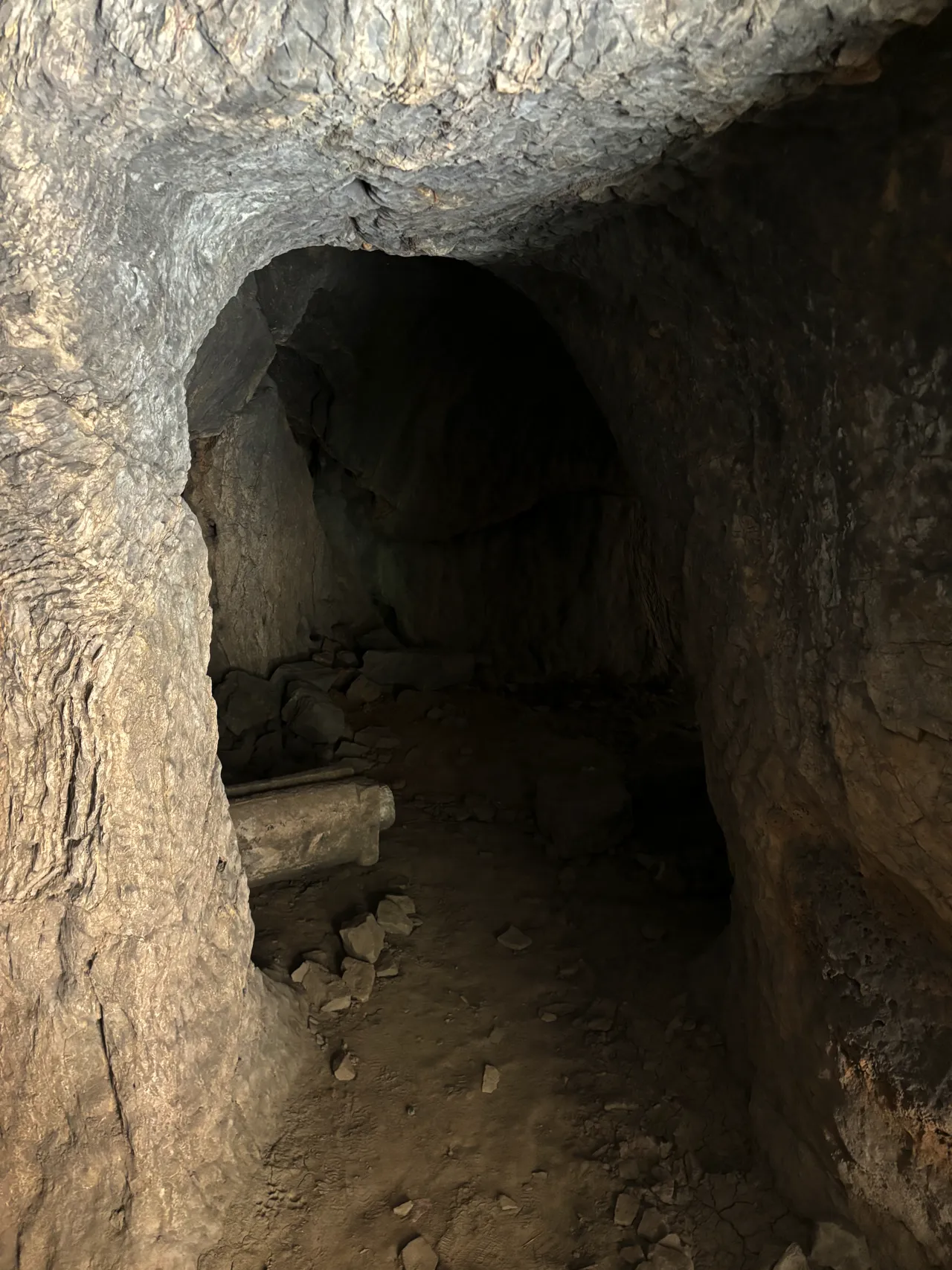
Conclusion: A Timeless Legacy
The Huan Tui Stone Chamber Tomb offers a profound glimpse into the history and culture of the Spring and Autumn Period. Its architectural marvels, coupled with the rich tapestry of legends and historical anecdotes, make it a significant cultural relic. As efforts continue to preserve and protect this site, the tomb stands as a testament to the enduring legacy of ancient Chinese civilization.
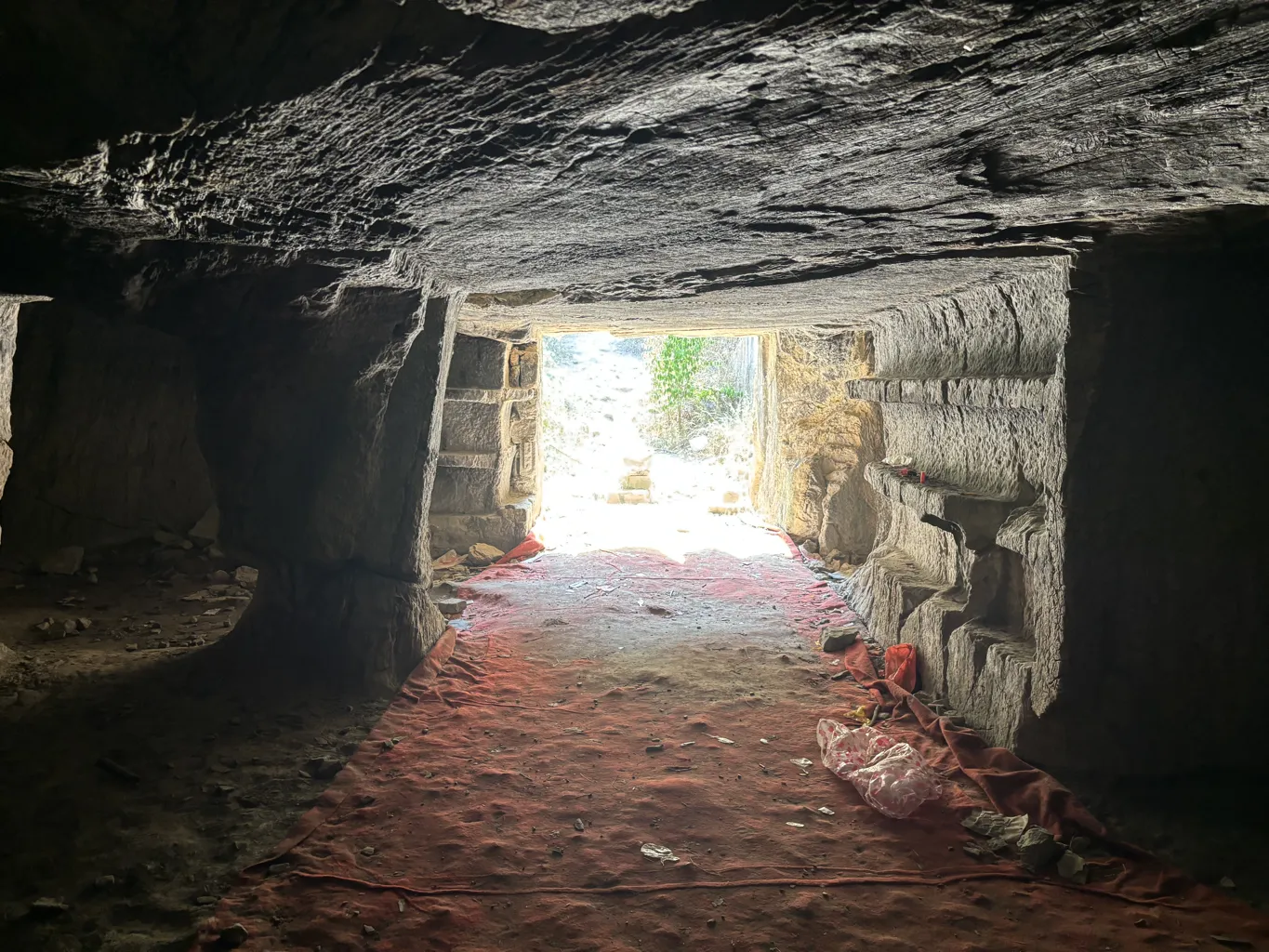
Sources:

